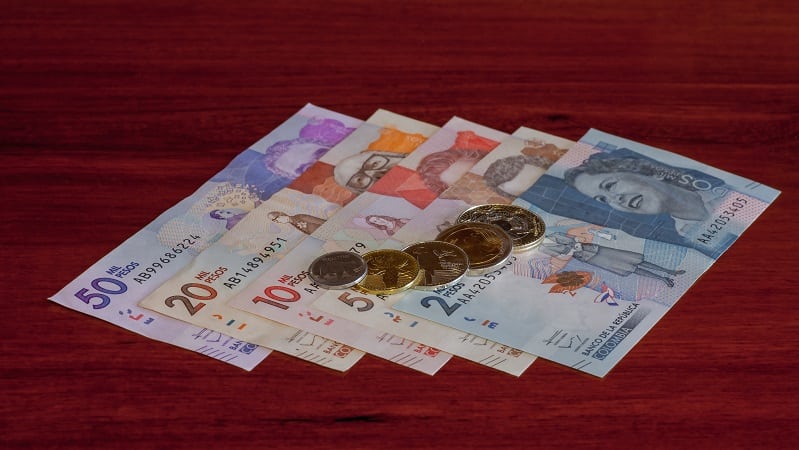“It’s an issuer’s market, right?” Axa’s Lad states. “Some of of the issuers are coming a little too tight now. The risk is speculative issuers coming in who take advantage of the low-yield environment.”
But for now, credit spreads still look attractive, at least when compared to developed market debt. US high-yield spreads have dropped well below their long-term average, while the average spread on European high-yield debt, for example, is now even below the 10-year US Treasury yield.
“And the EM high-yield default rate is at 3%, compared to 5% in the US,” adds Lad.
In an environment of strong global growth, higher-beta names are set to continue outperforming, he believes. Unsurprisingly, Popat is equally bullish.
“Everyone is looking for for the dark clouds, but I struggle to see them. EM is in a very sweet spot right now,” he says. The benign market response to this year’s Fed hikes are testament to that, Popat believes.

However, these hikes were well-telegraphed and coincided with a steadily weakening dollar, suggesting they had already been priced in.
Both Lad and Popat prefer local currency debt. “Local currency is more attractive than hard currency debt. Spreads have tightened a lot more in hard currency,” says the former. “We are now overweight in local currency corporate debt and locals sovereign,” adds Popat.
Currency woes
Though local currency exposure offers the potential of currency appreciation, the reverse is also possible. And investors received a reminder of that in recent weeks. As the dollar has strengthened and the US 10-year Treasury yield has risen over the past two months, EM currencies have come under pressure.
And this reversal of fortunes (a perennial treat of emerging market debt) has provoked an immediate response from investors: after nine months of strong inflows, European investors made net redemptions from EMD trackers in October of $-0.6bn, according to Blackrock. This suggests the money that has flown into emerging market debt this year is not as sticky as fund managers want you to believe.
Article continues on the next page







